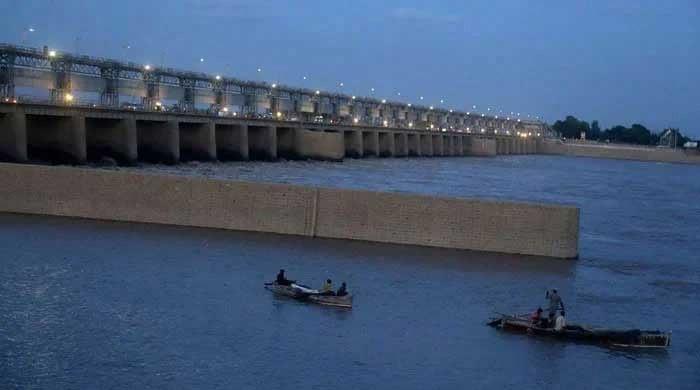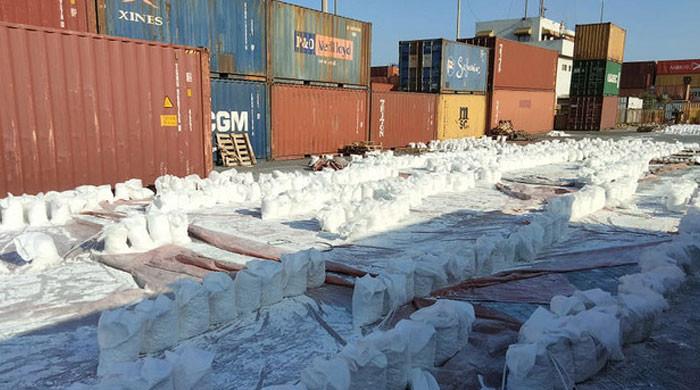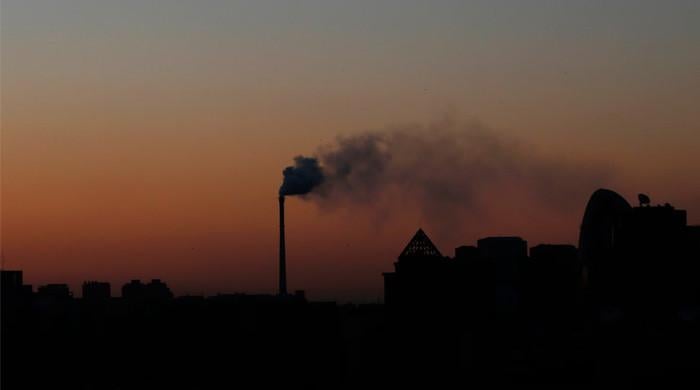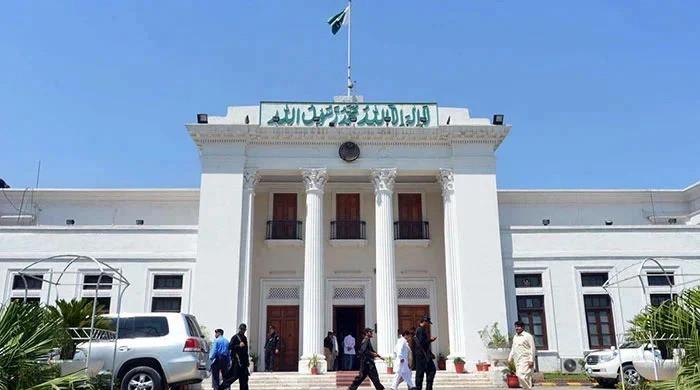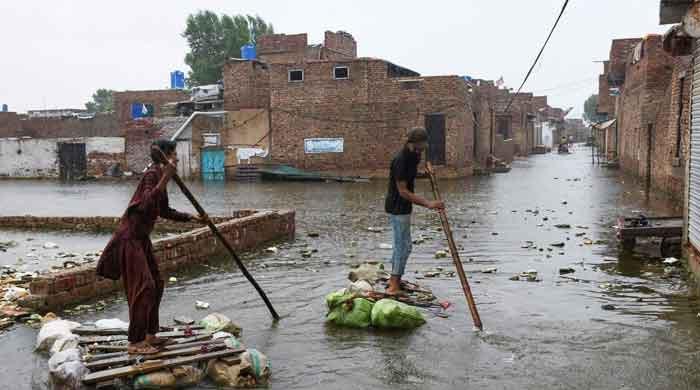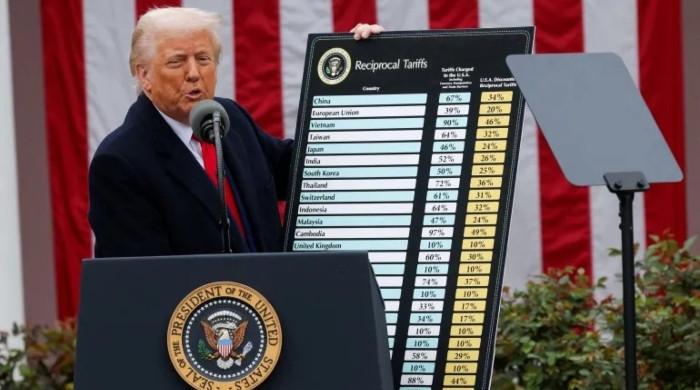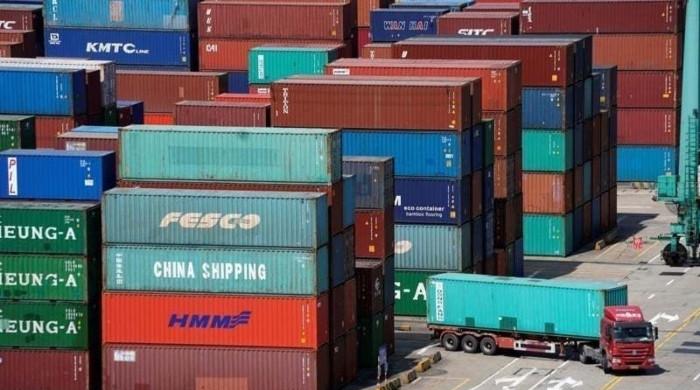Pakistan, IMEEC and Indo-Pacific Strategy
For geoeconomics and geotechnology, Islamabad will highly depend on US
January 20, 2024
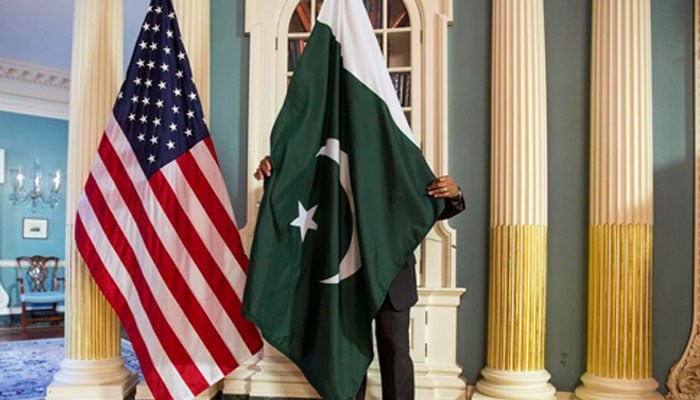
Almost two years have passed since the United States of America launched its Indo-Pacific Strategy (February 2022). Yet, there is no talk of including Pakistan in the grand design for the region and beyond.
Peculiarly, Pakistan is also not incorporated in the India Middle East Europe Economic Corridor (IMEEC), launched last year. The question is where does Pakistan stand in the new international order?
We will discuss non-inclusion in IMEEC later. First, let’s focus on the Indo-Pacific Strategy.
In broad terms, Pakistan is very much part of the Indo-Pacific region (IPR) that stretches from the Indian Ocean to the Pacific Ocean.
According to a document of the Canadian government, IPR is home to 40 countries and economies.
These include, "Australia, Bangladesh, Bhutan, Brunei, Cambodia, Democratic People’s Republic of Korea, India, Indonesia, Japan, Laos, Malaysia, Maldives, Mongolia, Myanmar, Nepal, New Zealand, the Pacific Island Countries (14), Pakistan, People’s Republic of China, the Philippines, Republic of Korea, Singapore, Sri Lanka, Taiwan, Thailand, Timor Leste and Vietnam".
Many political and strategic reasons can be cited for not including a number of countries mentioned above in the US-led Indo-Pacific Strategy. Yet, it is strange that Pakistan, a non-Nato ally, is shelved so far.
Has the US bracketed nuclear-armed Pakistan with China and North Korea to side itself with another such atomic power India? Or by declaring, "The United States is an Indo-Pacific power", Washington believes that it doesn’t need Pakistan anymore and play pick and choose?
At least, by going through the Indo-Pacific Strategy document issued by the White House or the policy being implemented by the US Department of State, one can easily come to the conclusion that neither of the above two is true.
After all, the White House itself has vowed to focus on regions including South Asia. Moreover, it has recognised that, "American interests can only be advanced if we firmly anchor the United States in the Indo-Pacific and strengthen the region itself, alongside our closest allies and partners".
Advancing American interests simply means suppressing or containing China. After all, the regional interests of Washington are perceivably threatened by Beijing as it is seeking "to become the world’s most influential power".
According to the White House: "The PRC’s coercion and aggression spans the globe, but it is most acute in the Indo-Pacific."
The blame game of coercion is mainly due to the Belt and Road Initiative (BRI). Lt. Col. Daniel Lindley of the United States Air Force has clearly labelled BRI as a direct challenge to the so-called "liberal international order".
Writing for the professional journal of Indo-Pacific Affairs of Air University he said: "Should the Belt and Road Initiative achieve its planned vision, it is on the trajectory to challenge the national interests of the US and its European and Indo-Pacific allies."
This is very much in line with the summary of the 2018 National Defense Strategy of the US which clearly states: "Inter-state strategic competition, not terrorism, is now the primary concern in US national security."
On his part, President Joe Biden has gone a step ahead in his interim national security strategic guidance. He is of the view that, "it (China) is the only competitor potentially capable of combining its economic, diplomatic, military, and technological power to mount a sustained challenge to a stable and open international system".
Hence, in order to compete (a diplomatic word for combat) with China, the Biden administration has set five targets. They include, "advancing a free and open Indo-Pacific, building connections within and beyond the region, driving regional prosperity, bolstering Indo-Pacific security and building regional resilience to transnational threats".
Australia, the United Kingdom and the United States (AUKUS) strategic alliance or the Nato type new role given to Quadrilateral Security Dialogue (Quad) that comprises of the Australia, India, Japan and the United States are means to counter such threats in the Indo-Pacific region.
IMEEC is another such alliance to counter strategic competitor’s BRI. This sea-land-sea transport corridor is supposed to go all the way from India, UAE, Saudi Arabia and Jordan to Israel where it opens its gateway to Europe and beyond.
Though, Pakistan has the potential to connect Afghanistan and the Central Asian economies, it is not taken on board. Is there a precondition to leave BRI (in this case China-Pakistan Economic Corridor or CPEC) to join IMEEC or Islamabad will be offered a role in the next phase?
Raphael S. Cohen, a political scientist and director at RAND Corporations believes that the State Department, USAID and non-profit organisations can provide an alternative to developments needed by Pakistan.
Moreover, Islamabad is not entirely sidelined. Not long ago, Pakistan was invited to the "Summit for Democracy", though it rather opted to stay engaged bilaterally. So, what can bring Pakistan to multilateral platforms like IMEEC or IPS?
Well, among other things, the Indo-Pacific strategy stresses building connections within and beyond the region and driving regional prosperity. It can surely serve as the basis for improving Indo-Pak relations and reviving the economic plans pending so far.
However, if Washington is serious then the "like-minded partner" India shouldn’t be turned into a sole South Asian power’ or "net security provider" in this "positive regional vision".
The IPS also advocates for closer ties between South Asian partners and ASEAN. Since 1993, Pakistan is already a Sectoral Dialogue Partner of this integrated economic association. Participation of former foreign minister Bilawal Bhutto-Zardari in the ASEAN ministerial meeting is a manifestation of how Pakistan views this platform.
Islamabad has also taken part in US-led Combined Task Force 150 which is operated by the Combined Maritime Forces and covers not only the Red Sea but the Indian Ocean. Moreover, it has refrained from joining the Maritime Security Belt formed by Iran, China and Russia for their trilateral naval exercises.
Some other factors also bring Islamabad closer to the IPS. Like many other Indo-Pacific nations, Pakistan has suffered heavily from the natural disasters caused by climate change. The IPS has committed itself to ‘support critical-infrastructure resilience and address energy security.
It’s a goal also shared by the US-Pakistan Green Alliance. This framework is already playing a pivotal role in strengthening infrastructure to face some of the upcoming challenges.
Nevertheless, for a developing country of 25 million people, this assistance is not enough. Pakistan needs countries like China to help build massive infrastructure. Hence, CPEC is serving as a financial jugular vein.
In the last ten years, a number of railway and road reconstruction projects have progressed fast. Economic zones including Rashakai Special Economic Zone are being established. Spread over a hundred acres, this RSEZ is going to be the future "consumer market of Khyber Pakhtunkhwa, Punjab, Southwest China, Afghanistan and Central Asia".
Significant progress has also been made in the construction of Gwadar Port which has the potential to become the regional trade hub. Beijing has equally expressed willingness to invest in industries, agriculture, mining, IT and other fields.
Long before CPEC emerged, both countries had started deepening their military ties. At least in the next decade, this cooperation will surely increase.
According to Dr Sameer Lalwani, a senior expert at the US Institute of Peace, this "partnership has deepened significantly over the past decade, approaching a threshold alliance. The trajectory towards a military alliance is not, however, inevitable".
Relations with Russia may not be equally significant but are a good bargaining chip as Delhi is gradually distancing itself from Moscow.
Despite ups and downs, Moscow has helped Pakistan develop oil and gas industries, power facilities (like Guddu Thermal Power Station) and the flagship Steel Mills (PSM).
In the last 15 years, remarkable progress has also taken place in the defence sector. Participation of Russian navy ships in Aman Exercises and the sale of Russian fighter Mi-35 helicopters to Pakistan are two such developments. Both have irked Washington as well as New Delhi.
In a nutshell, Pakistan probably cannot go back to its policy of the 1980s as even a transactional relationship with Washington has not worked well for a number of reasons.
If China is an economic lifeline, Russia a strategic leverage then Iran has proved to be a far more supportive country on regional and international platforms.
True, there is not even a banking channel in this brotherly Muslim neighbouring country. Yet, the instant normalisation of ties after tit-for-tat missile strikes makes it more evident than ever that both countries are like Siamese twins.
In the end, there is no doubt that Pakistan will never help build a firewall against the Great Wall. Most probably, it won’t repeat the anti-Soviet policy against Russia. And certainly, can’t serve as a proxy against Iran.
Yet, for geoeconomics and geotechnology, Islamabad will highly depend on the US. It’s an open question how this leverage can be amplified by including Pakistan into IMEEC and Indo-Pacific Strategy.




